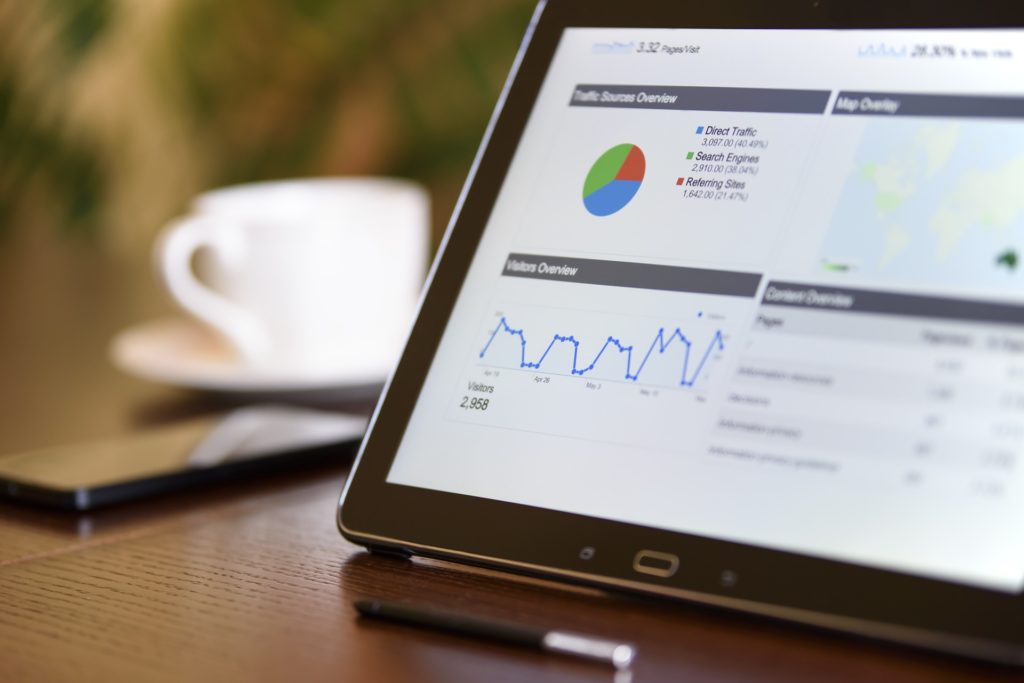SEO Content Calendar
Content is the dominant force in your efforts to extend brand awareness and increase conversions. Although content – quality, well-written content – plays the top role of any digital marketing campaign, SEO is an absolute must to amplify your content’s messages.
If you want to maximize qualified traffic and boost your bottom line, your content calendar must be designed with SEO in mind. The following seven steps outline what’s needed for an SEO content calendar that converts and helps tell your brand’s story.
1. Research & Determine Targeted Keywords
By nature, SEO efforts, including keyword research, can pay off significantly, and when paired with a content strategy and calendar, growth is exponential.
Careful keyword research will do two things:
- Determine what kind of content to create or how to leverage/refresh existing content
- Optimize that content so that it is it’s served to relevant audiences during various points in their purchasing path (i.e., increased brand awareness)
For that reason, a converting calendar must begin with proper keyword research and keyword search tools. If you’re not sure where to start, there are a variety of free tools available, and ContentMender is happy to work with you to perform a free SEO audit, which can benefit all aspects of your SEO strategy, including a calendar.
2. Identify Your Audience
To get the most out of your calendar, well-crafted customer profiles are a must. These profiles will be used to determine what types of content you’ll need to produce (e.g., blog posts, infographics, videos, etc.), themes you’ll need to focus on, and even when and how you distribute that content.
It may be tempting to build content and a content calendar on a general audience, thinking that this will maximize your reach, but search engines don’t see it that way, and unfortunately, neither do consumers. Consumers are looking for information (not necessarily immediate links to products and services) that will help them solve a specific problem, and Google relies heavily on relevancy as one of their ranking factors.
It should be noted that keyword research and audience research can be intertwined, with one sparking new revelations about the other as your efforts continue.
3. Consult Site & Social Analytics
It’s likely that you’ll do this during keyword and audience research, but it also plays a significant role in your calendar. What landing pages are most successful?
When is traffic at its height? When are your social followers most active and what types of posts are they engaging with the most? The answer to all these questions is essential if you want to design an effective content calendar.
4. Look Outside the Marketing Department
Content creation and distribution is typically a marketing task, but that doesn’t mean a good calendar relies solely on marketing knowledge. Though analytics help us identify content needs, there are other considerations that can bolster your calendar and even improve your SEO efforts.
In addition to gathering general calendar information that can help build your schedule (i.e., holidays, themed weeks and months, seasonal needs, etc.), it’s also worth polling other departments to determine if there are any specific considerations that may be useful in your calendar.
New product or service launches, upcoming sales, vendor sponsorships, or even common customer complaints, or concerns can fuel a calendar and lead to new keyword revelations and converting business. If possible, reach out to sales, merchandising, and customer service teams to make sure you have all your bases covered.
5. Consider Various Parts of the Purchasing Path
We all know the importance of the purchasing funnel, and a good converting content calendar takes that into consideration. Not every post should be designed to drum up immediate conversions – that’s simply not the way content works.
For example, if your company sells patio furniture, it may be tempting to optimize a product page, slap some sales imagery together, and call it a day. And don’t get me wrong, that will likely convert customers that are aware of your brand and ready to purchase, but the goal of content extends well beyond that.
Quality content is an incredible way to increase brand awareness far before a customer wants to make a purchase (or knows that want to make a purchase). Craft and schedule content that will showcase your knowledge or address their perceived needs, and you’ll create loyalty – a long-time friend of consistent conversions. In the case of our patio example, perhaps your targeted keyword content is designed around the way to pick the right conversation set or upgrade a patio on a budget.
6. Audit Existing Content
Now that you have all preliminary info gathered, it’s time to start matching your keyword and content-type needs to the content you already have. This will allow you to do two things: identify existing content that can be refreshed or repurposed and identify any gaps that will require content creation.
Both of the aforementioned will directly impact your in-house or agency writers, and so performing and converting SEO content calendar means factoring in the time it will take to develop or refresh content as needed. This will also act to strength internal planning, as resources (human and financial) will need to be budgeted appropriately.
7. Monitor and Analyze Performance
Content calendars become part of your ongoing marketing process, and without monitoring and analyzing performance it will be impossible to optimize your efforts and consistently increase conversions. There are a variety of metrics you can look at, from social KPIs, like likes and shares, to more technical KPIs like site speed, time on page, events, etc.
Together, these metrics will indicate what types of content are successful, what types are not, and what ones may just need a little tweaking. Additionally, it will also allow you to continually pair your content strategy with your overarching SEO strategy, a combination that is at the heart of a successful calendar.
Developing a converting SEO calendar can take your content strategy to the next level while boosting your site optimization efforts. Take the time to gather the required information and develop quality content, and you’ll find that your brand and your bottom line will benefit from your efforts.





